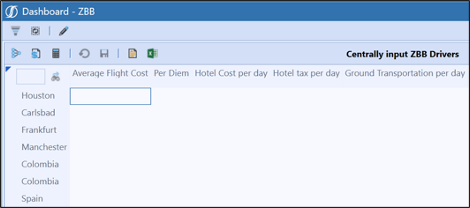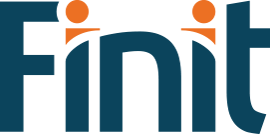In today’s uncertain times companies are more challenged than ever to maintain a healthy and consistent bottom line. One way to accomplish this is through actively minimizing expenses as well as having more accurate and realistic budgets. A growing number of companies look to do this through “Zero-Based Budgeting” or ZBB. In this blog we will outline what ZBB is, show an example of how ZBB can be used at your company, and talk about how to leverage a CPM platform, such as OneStream, to take more control using this budgeting approach.
What is zero-based budgeting?
Zero-based budgeting is a method in which expenses must be justified and approved for each budget cycle. As the ZBB name implies, budget holders begin each budget cycle with zero balances in their P&L accounts. Every cost for the year must be determined and justified before being approved. ZBB can be implemented for expense categories where there is more opportunity for cost management or control for every expense line item.
A pitfall with a traditional budgeting process is there may not be appropriate due diligence performed when creating budgets. In the traditional budgeting approach departments review prior year’s requests, then add x%, and submit the updated balances as their new budget. If departments do not have justification for a new piece of machinery, software package, or training that was allocated in a budget cycle, they may feel that they need to spend the amount budgeted for fear that their budget dollars will be reduced in the next budget cycle, and they will not have capital when it is needed. This can result in wasteful spending – which does nothing for the betterment of the organization.
Zero-based budgeting helps create a culture in which an organization allocates its capital where it will generate the best return on investment.
How is zero-based budgeting used?
When implementing ZBB, the first place some companies often start at is travel and entertainment (T&E) expenses. While there are many ways to approach this, one way is to create drivers for groupings such as airfare, ground travel, hotel, and meal per diem. These drivers then are assigned associated costs, which usually differ by geography. The expense categories are entered and managed centrally for greater control. Segment budget owners then enter the number of trips budgeted per month and the number of nights per trip which creates a proposed budget by month. This budget is submitted and can be justified and ultimately approved.
One key difference between traditional budgeting and ZBB is that while the budget may be approved for the whole year each trip is viewed independently. If a planned trip in March is cancelled the allocated budget is not moved to April, but it is instead “lost”.
How can OneStream XF help companies manage zero-based budgeting?
The OneStream XF Platform can drive ZBB by using workflows to create input forms. There can be multiple input forms for central and local planners so each user group can have customized forms. Additionally, by leveraging OneStream’s Extensible Dimensionality, companies can build from an existing entity or geography dimension to add additional members so that all possible locations for travel can be populated. On the topic of dimensionality, companies can apply a user defined dimension (UD) to manage the input and driver members. Once amounts are input, OneStream can automatically calculate the budgets and provide consolidated totals. Lastly, and most importantly, collecting budgets in OneStream will allow for near instantaneous comparative reporting of budget vs. actual for current or prior year, which will streamline the budget justification and approval process.
 Illustration of sample input form with drivers in the columns and destinations in the rows
Illustration of sample input form with drivers in the columns and destinations in the rows
Is zero-based budgeting right for your organization?
Before implementing any new budget process, it is important to perform a cost/benefit analysis. We hear some common themes when discussing ZBB with our clients.
Additional Considerations

As illustrated above, zero-based budgeting gives management more control over costs through challenging norms and complacency; and the OneStream XF CPM platform provides the tools to efficiently implement these changes at your company.
Learn more!
To learn more about our zero-based budgeting solution and other Finit Solution Spotlights, please contact us at insights@finit.com.
